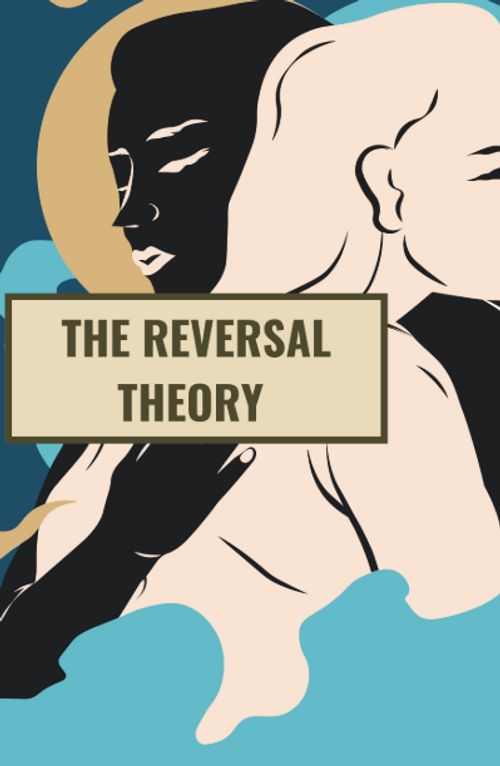How and why the human mind swings from one extreme to another
Mar 31, 2022 · 2 mins read
0
Share

Introduction. The Reversal Theory is an intriguing theory of human nature. Created by Michael Apter, Reversal Theory says that people aren't composed of permanent, never-changing traits but rather dynamic, ever-reversing states. Learn about the serious-playful scale and more👇
Save
Share
Static traits vs dynamic reversals: The Big 5 personality model says people have dominant traits: you're either agreeable or disagreeable. Apter argues that people actually cycle "backward and forward between two opposite states, which were alternative ways of seeing the world."
Save
Share
The Serious-Playful dichotomy: Are you either "motivated by long-term goals or by what is happening in the present moment?" Most people experience this "pair of opposing values" at different point in time. A human life has playful spontaneous moments mixed with serious zones.
Save
Share
Bell curve vs butterfly curve: The standard arousal theory says that neither too little nor too much arousal is pleasant: moderate arousal is the sweet spot. Apter rejects this bell curve theory and replaces it with a butterfly curve: both low and high arousal states can be fun.
Save
Share
How to enjoy a low arousal state: A low arousal state is boring or relaxing. Reversal theory says that low arousal is good when coupled with a serious mood: you can relax and work. However, when you notice relaxation becoming boredom, heed your body's signal to find stimulation.
Save
Share
How to enjoy a high arousal state: High arousal means either anxiety or excitement. High arousal is good when coupled with a playful mood: enjoy the adrenaline rush in a chill environment (playing/watching sports). Excitement becomes anxiety when high arousal meets seriousness.
Save
Share
Why we switch from one state to another: External situations, frustration, and satiation are three triggers for state reversals. An external bad news can flip the mood from playful to serious. The frustrating inability to hit a serious target makes playfulness a pleasant escape.
Save
Share
Thirdly, humans have an "innate dynamic for change." No matter how productive, a relaxed mood eventually turns into boredom. No matter how fun, excitement eventually loses its sheen and only a low-grade anxiety remains. We simply get satiated with one state and crave a reversal.
Save
Share
There are three other dichotomies in the Reversal Theory. The Conforming-Rebellious dichotomy: break free or respect boundaries? The Mastery-Sympathy dichotomy: control a situation or sympathize with the people in it? The Self-Other dichotomy: self-interest or the common good?
Save
Share
Bottom line: Apter writes in his book Zigzag: "We are dynamic not static, fluid not fixed, dancers not statues." Even those with a dominant style must occasionally swing to the other extreme when they experience a trigger event, frustration, or inevitable satiation.
Save
Share
0